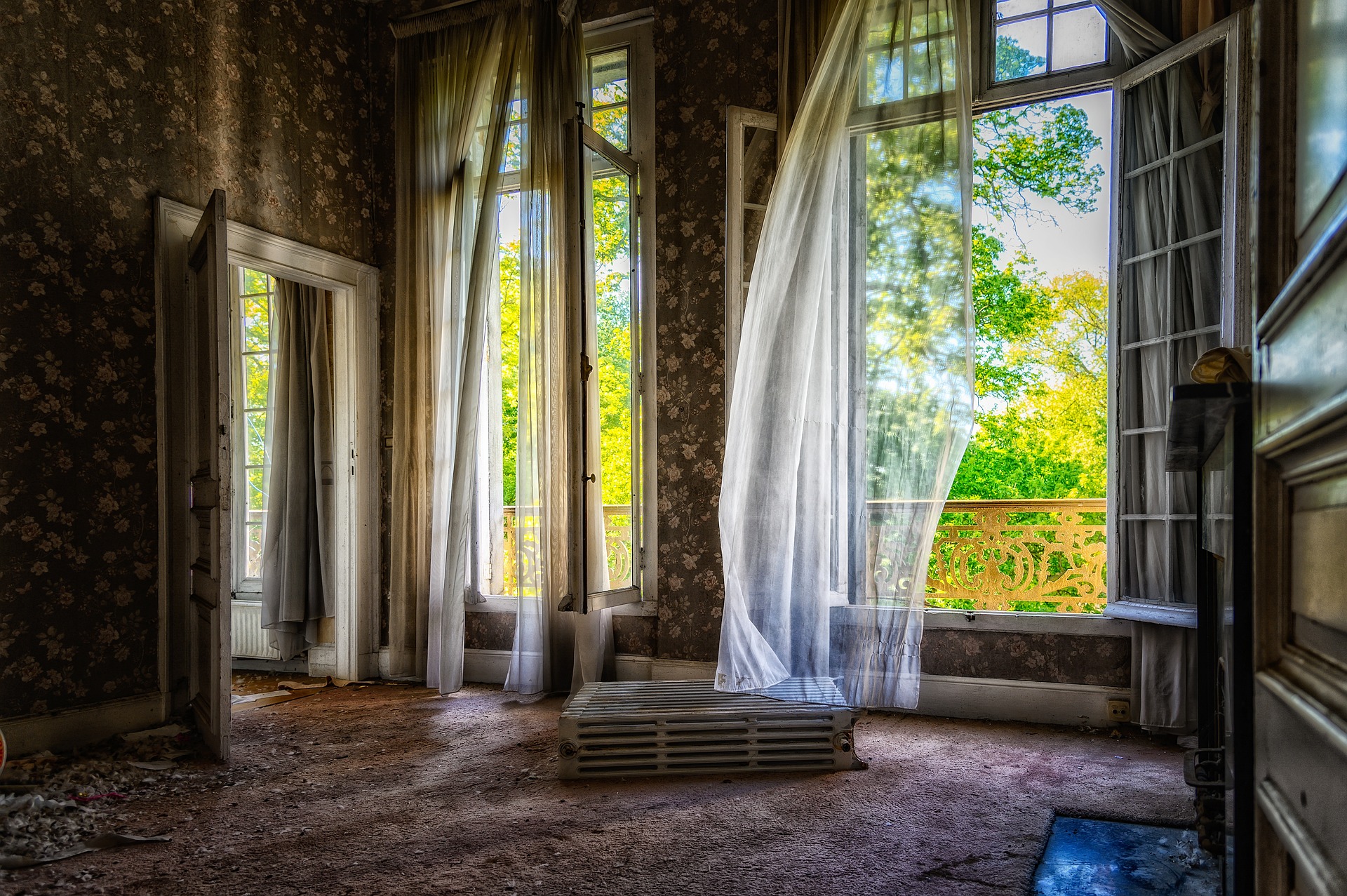Revitalizing the Market: Turning Forgotten Buildings into Profitable Real Estate Investments
A renewed interest in older buildings is driving a unique trend in the real estate market. Instead of demolishing these structures, savvy investors are opting to revitalize them. This unconventional approach is paying off, breathing life back into forgotten properties and transforming them into profitable real estate investments.
A Look Back at the Birth of Revitalizing Buildings
Our journey begins in the late 1970s when the concept of adaptive reuse—the process of repurposing buildings for uses other than their original design—started gaining traction. This trend arose from the convergence of several factors, including rising construction costs, the preservation of historical structures, and the need for creative solutions to the housing crisis, among others. That offbeat idea is now a full-fledged investment strategy, revolutionizing the industry.
The Current State of Building Revitalization
Today, investors are leaning more into this concept than ever, showing a remarkable shift in the real estate landscape. They are recognizing the untapped potential of forgotten buildings, from warehouses and factories to schools and churches. This is particularly prevalent in urban areas where land is scarce, and the cost of construction is high. These transformed properties often yield more significant profit margins than new constructions, making them attractive investment options.
Advantages and Challenges of this Investment Strategy
Investing in older buildings can yield a series of benefits, including lower acquisition costs, shorter time frames given there’s an existing structure to work with, and a unique charm that can translate into higher rental and sales prices.
However, this strategy is not without challenges. Older buildings often come with structural issues, unforeseen renovation costs, and historical preservation restrictions. Additionally, adaptive reuse requires a license for creativity. Investors must envision a new, productive use for a building designed for an entirely different purpose.
Potential Impact of Building Revitalization on the Market
The impact of this strategy on the real estate market is multifaceted. It contributes to urban regeneration, preserving historic structures while providing solutions to space limitations in densely populated cities. By turning unused buildings into profitable properties, it injects new life into the market and creates unique opportunities for both investors and end-users.
Moreover, given the skyrocketing prices of raw materials and the increasing demand for sustainability, this trend might amplify in the future. It may even influence urban planning policies and developers’ strategies, fostering a market that values innovation and preservation besides profit.
In-depth Financial Insights into Building Revitalization
The financial implications of revitalizing older buildings are significant. According to a 2018 analysis by Real Capital Analytics, adaptive reuse projects often yield higher returns than traditional real estate investments. These properties tend to generate around 1.3 times the gross income multiplier of conventional assets, providing potential for substantial profits.
Revitalizing old buildings is more than just a real estate trend—it’s a testament to the industry’s ability to innovate and adapt. As this strategy continues to gain momentum, the market will arguably become more diverse and vibrant, opening doors for more creative and profitable investment opportunities. The time to invest in forgotten buildings may be now as the market evolves and these hidden gems become the cornerstone of a savvy investor’s portfolio.





